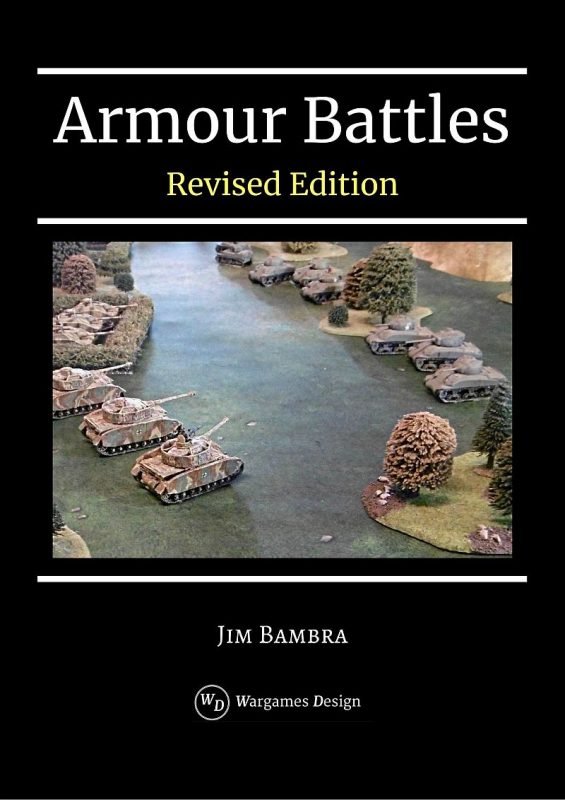 I was reading Barrie Pitt’s trilogy on the Desert War with a view to putting together some games between the 8th Army and the Afrika Korps. The more I read, the more interested I became in General O’Connor’s five day raid against the Italians in December 1940, which ended with the capture of 138,000 Italian and Libyan troops. As is often the case, I started to think about how to reproduce this in a wargame.
I was reading Barrie Pitt’s trilogy on the Desert War with a view to putting together some games between the 8th Army and the Afrika Korps. The more I read, the more interested I became in General O’Connor’s five day raid against the Italians in December 1940, which ended with the capture of 138,000 Italian and Libyan troops. As is often the case, I started to think about how to reproduce this in a wargame.
It struck me how decisive the desert engagements were. Here was a theatre with lots of movement and rapid combat. Commonwealth infantry frequently deployed straight from their carriers into combat. This wasn’t a case of placing all units on the table at the start of a game and going for it.
Another feature of the war was the importance of reconnaissance. The desert was an unforgiving environment. A distant dust cloud could be a herd of goats or a unit of enemy armour. Until identified, it’s a threat. Hidden anti-tank guns firing at close range could ruin a tanker’s day.
The desert was also a tank fitter’s nightmare. Large tracts of desert meant many miles of rough travel: thrown tracks, blocked air intakes, seized engines, and the ever-present risk of getting stuck in soft sand. Vehicle breakdowns had to be part of the rules.

As I wanted to command a brigade consisting of an infantry battalion supported by armoured cars, tanks and artillery, some level of abstraction was essential. It clearly wasn’t going to work as a skirmish game. One unit equalling a platoon is a tried and tested way of scaling forces. It allows for machine gun and mortar teams to be present on the table, and not rolled up into company-size units.



